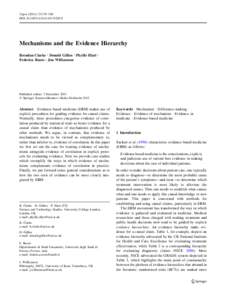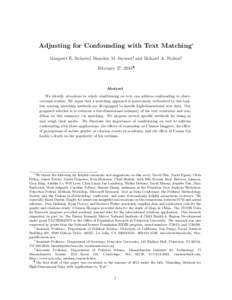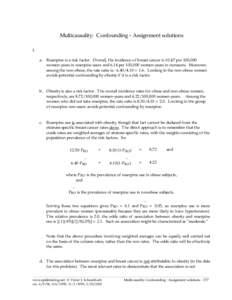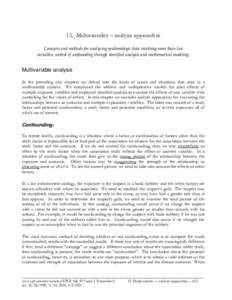<--- Back to Details
| First Page | Document Content | |
|---|---|---|
 Date: 2015-01-22 12:05:02Knowledge Design of experiments Educational psychology Philosophy of science Clinical research Randomized controlled trial Cohort study Hierarchy of evidence Confounding Statistics Science Epidemiology |
Add to Reading List |
 Topoi:339–360 DOIs11245Mechanisms and the Evidence Hierarchy Brendan Clarke • Donald Gillies • Phyllis Illari Federica Russo • Jon Williamson
Topoi:339–360 DOIs11245Mechanisms and the Evidence Hierarchy Brendan Clarke • Donald Gillies • Phyllis Illari Federica Russo • Jon Williamson



